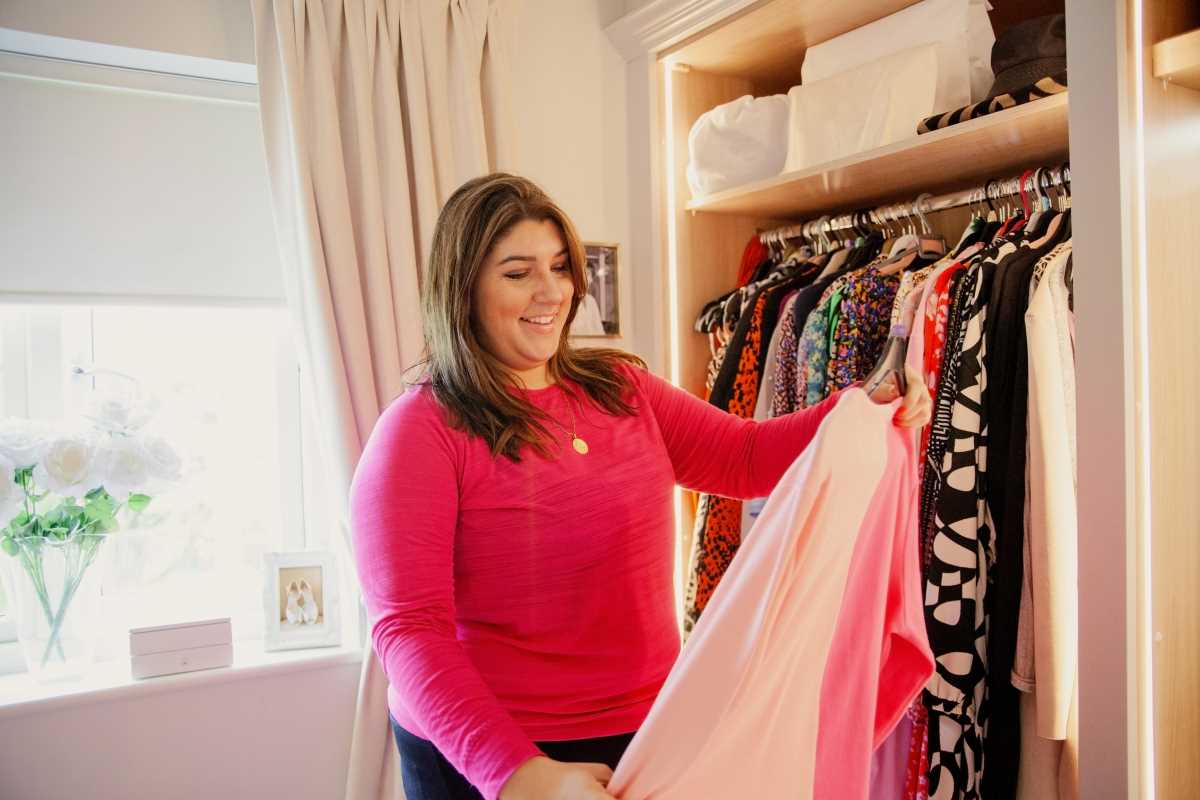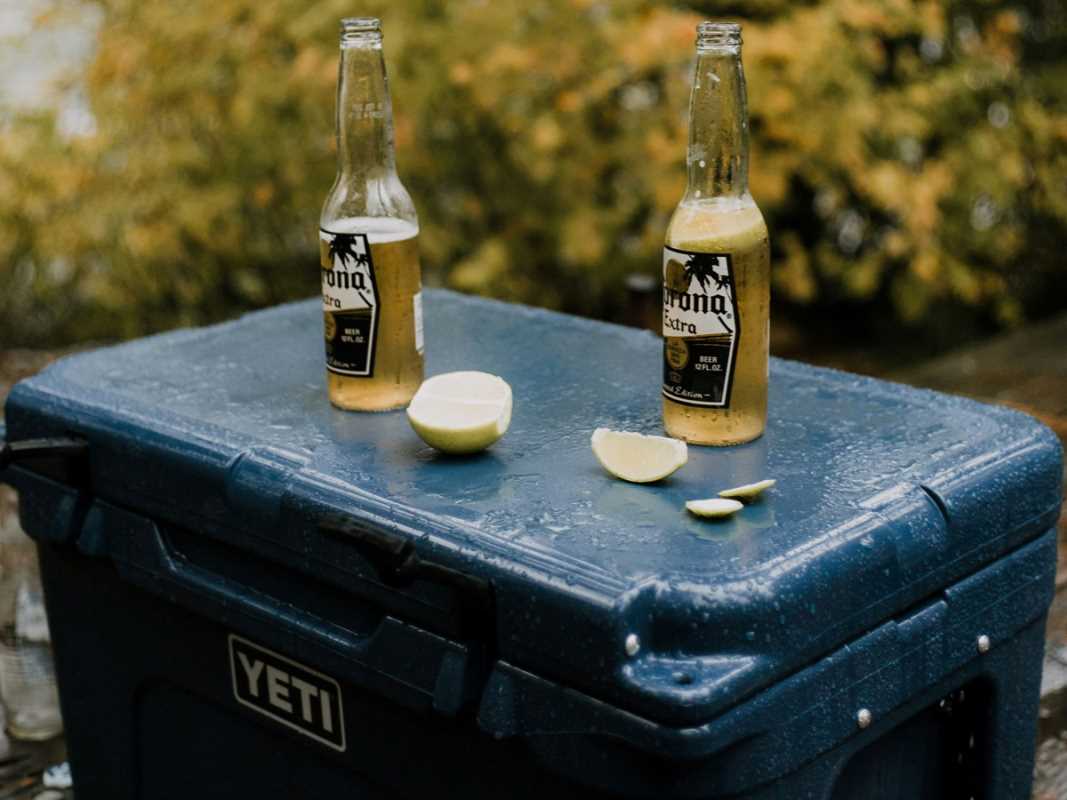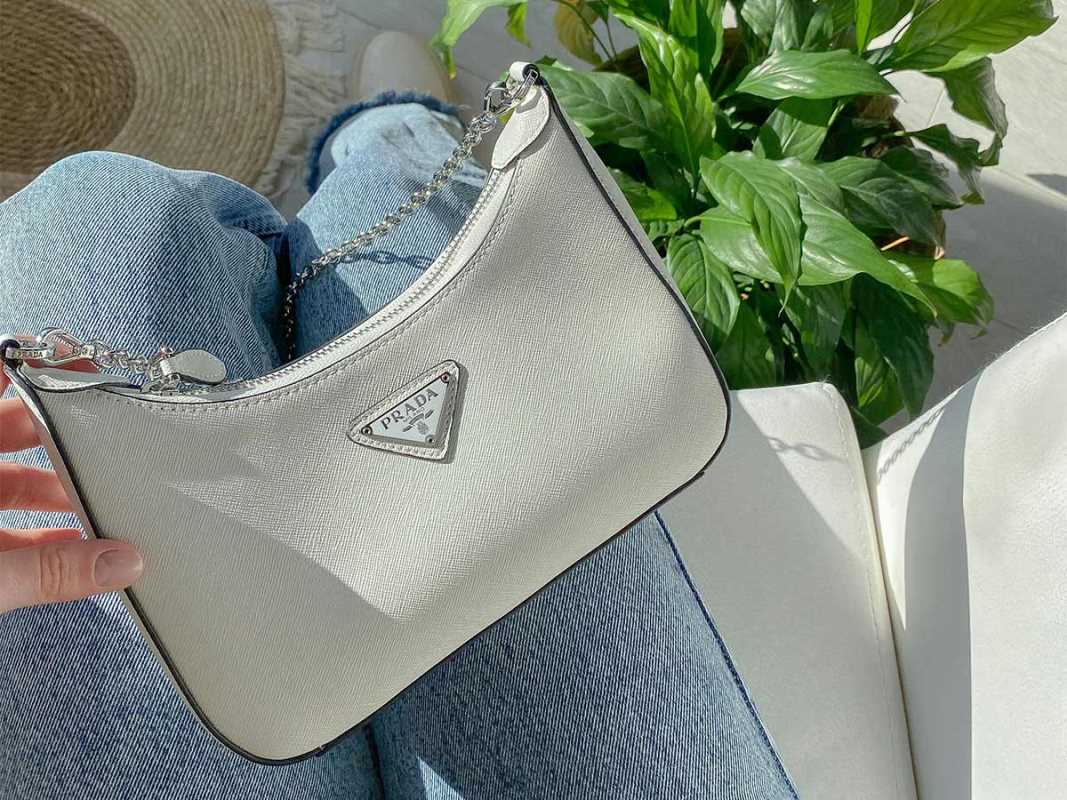What if your closet told a story? Imagine tracing your favorite T-shirt back to the cotton plant it came from or knowing that the wool in your sweater was sourced from happy, healthy sheep. That’s the magic of farm-to-closet fashion. This movement connects the dots between farmers, producers, and you, the fashion lover, bringing transparency and sustainability to an industry often clouded in mystery. Today, we’ll explore what farm-to-closet really means, why it’s a game changer, and how you can get involved in this stylish revolution. If you’re all about supporting ethical brands and caring for the planet while looking fabulous, keep reading to learn how this trend is reshaping the future of fashion.
What Is Farm-to-Closet Fashion?
Farm-to-closet is a concept where every step of making your clothes can be traced back to its roots (literally). It’s like the movement in food where people support local farmers and eat organic, but for clothes. The idea centers on transparency. Brands tell you where the raw materials come from, how they’re processed, and who made your outfit.
For example, think about a basic cotton T-shirt. Traditionally, cotton might come from one country, be shipped to another for spinning into fabric, and yet another country for sewing. By the time it ends up in your closet, it’s been through so many hands, you have no clue how it was made. Farm-to-closet flips that narrative. The brand takes responsibility, ensuring materials are farmed ethically, and workers along the way are treated fairly.
This movement also highlights the art and skill of producing clothes. Farmers, weavers, and tailors all play a role, turning everyday garments into meaningful pieces.
Why Does It Matter?
The fashion industry has a big impact on the environment. It’s the second-largest water consumer in the world and creates 10% of the world’s carbon emissions. Fast fashion brands pump out cheap clothing at a rapid pace, which leads to overproduction, pollution, and an enormous amount of waste. Add in scary details like chemical dye runoff poisoning rivers, and it becomes clear why change is necessary.
Farm-to-closet brands take a stand against these practices. They prioritize sustainability, often using organic or regenerative farming methods that are kinder to the earth. Regenerative farming, for instance, helps restore soil health and store carbon in the ground. This not only benefits the planet but creates better-quality materials for your clothing.
There’s also a human element. Many traditional garment workers work in unsafe conditions and are paid unfair wages. When brands adopt a farm-to-closet model, they’re more likely to invest in ethical practices, ensuring workers get fair pay and safe environments. It’s fashion with a purpose.
Brands Leading the Farm-to-Closet Movement
Plenty of brands are stepping up to redefine how clothes are made, and some are doing it in unforgettable ways. Here are a few making waves in the farm-to-closet world:
1. Christy Dawn
Christy Dawn focuses on regenerating farmland to grow organic cotton for their clothes. They partnered with farmers in India to revive degraded land, bringing it back to life while ensuring fair wages for workers. Their timeless dresses are not only stunning but carry the story of healing the earth.
2. Fibershed
Fibershed is a brand and a movement. They support local farming communities by creating regional supply chains. This means the wool or cotton for your clothes is grown, spun, and sewn close to home, reducing the footprint of transportation. Talk about keeping it local and sustainable.
3. Harvest & Mill
Ever thought about buying clothes that didn’t travel halfway around the world? Harvest & Mill makes that possible. Based in the U.S., they grow organic cotton and manufacture their garments within a 20-mile radius. Their minimalist designs show that quality triumphs over quantity.
4. Industry of All Nations
This brand takes the farm-to-closet idea global, working directly with artisans and farmers in countries like India, Kenya, and Peru. They create clothing using regional materials and traditional craftsmanship, blending sustainability with cultural appreciation.
Each of these brands is unique, but they share a common goal: making the fashion industry better for people and the planet.
How You Can Support Farm-to-Closet Fashion
The good news? You don’t need to be a designer or a farmer to join the farm-to-closet movement. Here are practical steps to get involved:
1. Shop Smart
Do a little research before you shop. Look for brands that talk openly about where their materials come from and how their clothes are made. Transparency is key. If a company doesn’t share these details, chances are they’re not prioritizing sustainability.
2. Buy Less, Choose Better
Quality over quantity is the mantra. Instead of buying ten cheap T-shirts that wear out quickly, invest in a high-quality one that lasts. It might cost more upfront, but it’s worth it over time for both your wallet and the planet.
3. Support Local
Visit farmer’s markets, craft fairs, or local stores. You might find small businesses creating farm-to-closet garments right in your community. Shopping local also reduces the carbon footprint of shipping.
4. Take Care of What You Own
Extend the life of your clothes by washing them less often, repairing small damages, and using eco-friendly detergents. When you’re done with an item, pass it on, donate it, or recycle it instead of throwing it away.
5. Spread the Word
Tell your friends and family why farm-to-closet matters. The more people learn about it, the more demand there will be for ethical fashion. Use your social media influence to showcase your favorite sustainable outfits and brands.
Farm-to-closet fashion is a shift in how we think about clothing, not just a trend. By choosing stylish clothes that are good for the planet and the people who make them, we can reshape the industry step by step. It’s about making thoughtful choices that care for the environment, empower workers, and celebrate the beauty of craft and sustainability.
Fashion is all about expression, so why not express values too? Next time you add to your wardrobe, think about where it comes from and where it’s going. Explore farm-to-closet brands, support transparency, and be part of a movement that turns clothing into a story worth sharing. After all, better clothes make for a better world.
 (Image via
(Image via





